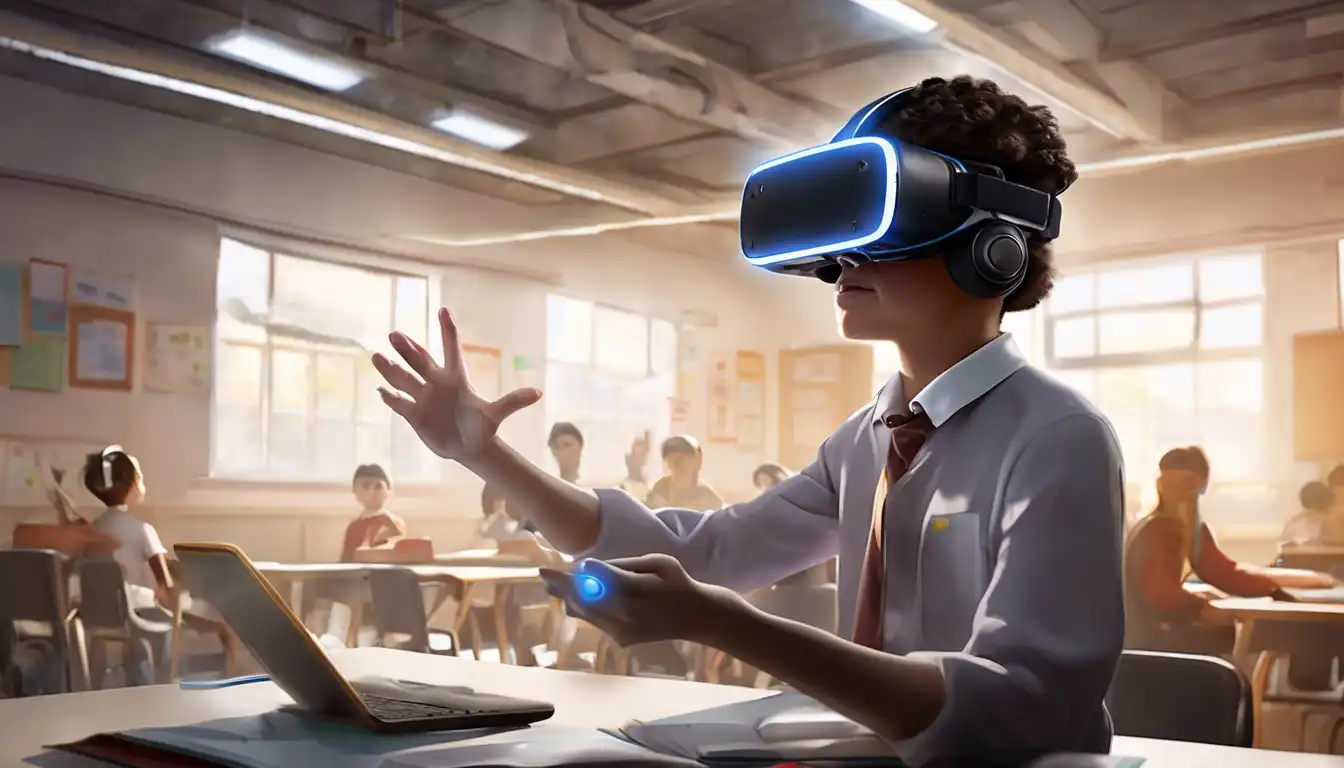The Transformative Impact of Virtual Reality on Learning and Skill Development
Virtual Reality (VR) technology has rapidly evolved from a futuristic concept into a practical tool in various sectors, notably in education and training. By creating immersive, interactive environments, VR offers unparalleled opportunities for experiential learning and skill acquisition. This article delves into the potential of VR in revolutionizing educational methodologies and professional training programs.
Why VR in Education?
VR in education transcends traditional learning boundaries, offering students a hands-on experience in a controlled, virtual environment. Whether it's exploring the human body in biology class or walking through ancient civilizations in history lessons, VR makes learning more engaging and effective. Studies have shown that immersive learning can significantly improve retention rates and comprehension, making VR a valuable asset in educational settings.
VR in Professional Training
Beyond the classroom, VR is transforming professional training across industries. From healthcare to aviation, VR simulations provide a safe, cost-effective platform for practicing complex procedures and scenarios. For instance, medical students can perform virtual surgeries, reducing risks and enhancing their skills before operating on real patients. Similarly, pilots can experience various flight conditions in a virtual cockpit, preparing them for real-world challenges.
Benefits of VR in Learning and Training
- Enhanced Engagement: VR's immersive nature captures learners' attention, making education more interactive and enjoyable.
- Safe Learning Environment: VR allows for risk-free experimentation, especially crucial in high-stakes fields like medicine and engineering.
- Accessibility: With VR, geographical and physical limitations are overcome, enabling access to quality education and training for everyone, everywhere.
- Customizable Scenarios: Educators and trainers can tailor VR experiences to meet specific learning objectives, catering to individual needs.
Challenges and Considerations
Despite its potential, the integration of VR in education and training faces hurdles. High costs of VR equipment and the need for technical expertise can be prohibitive for some institutions. Additionally, there's the challenge of ensuring content quality and relevance to curriculum standards. However, as technology advances and becomes more affordable, these obstacles are expected to diminish.
The Future of VR in Education and Training
The future of VR in education and training is bright, with ongoing advancements promising even more realistic and accessible learning experiences. As VR technology becomes more integrated into educational systems and professional training programs, its potential to enhance learning outcomes and skill development is limitless. The key to maximizing this potential lies in collaboration between educators, technologists, and policymakers to ensure equitable access and effective implementation.
For more insights into innovative educational technologies, explore our articles on the impact of AI in education and gamification in learning.
